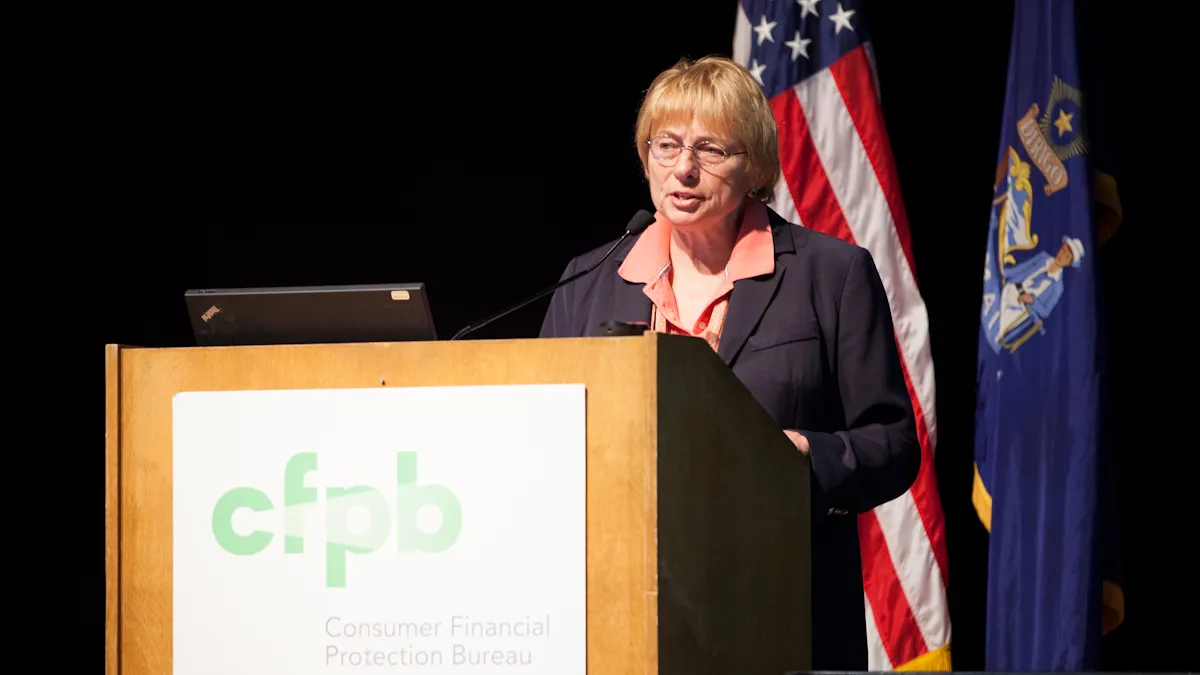Dive Brief:
-
Democratic Maine Gov. Janet Mills on Tuesday unveiled a bill that would require the state to generate 100% of its electricity from renewable resources by 2050.
-
LR 2478 sets a benchmark requirement of 80% renewables by 2030 and establishes a climate change council to "mitigate, prepare for and adapt to" climate change. The bill also sets greenhouse gas emissions goals, aiming to reduce emissions 45% below 1990 levels by 2030 and 80% by 2050.
-
The governor's move is the latest in a dramatic shift away from the former administration's stance on clean energy legislation, which has been described as "openly hostile" by renewables advocates in the state.
Dive Insight:
Mills ran her campaign last year in part on a clean energy platform, one that reflected growing frustrations of voters in the state over lack of energy diversification, according to policy watchers.
The state began reestablishing previously rolled back policies in February, ending the wind energy moratorium that Gov. Paul LePage, R, had established the year before. A month later, the state reestablished its net metering policy, ending the gross metering that the LePage administration had set.
The state Senate shifted to a Democratic majority during the 2018 midterm elections, giving Democrats a majority in both chambers. However, LR 2478 was introduced by Republican state Senator David Woodsome, who is the primary sponsor on the bill.
"There's no sense in ramming through policy that only gets support from the Democrats," Jeremy Payne, executive director of the Maine Renewable Energy Association, told Utility Dive after the midterms. "You want support from both sides of the aisle and I think we can get that, but part of the problem with the LePage administration is they had sort of polluted the discourse on energy policy for the last number of years."
Maine already has a strong renewables portfolio — approximately 75% of the state's electricity comes from renewables. Around 30% comes from hydroelectric dams, 25% from biomass generators and another 20% from wind power. Another 20% comes from natural gas and the rest is a mix of petroleum, coal and solar, according to the Energy Information Administration.
Six other state gubernatorial seats shifted Democratic during the midterms elections, won by candidates that campaigned heavily on clean energy policy.
New Mexico has seen one of the more dramatic shifts in their clean energy policy — the state generates 80% of its electricity from fossil fuels and in March passed a bill that would require it to generate 100% of its power from clean energy by 2045.















